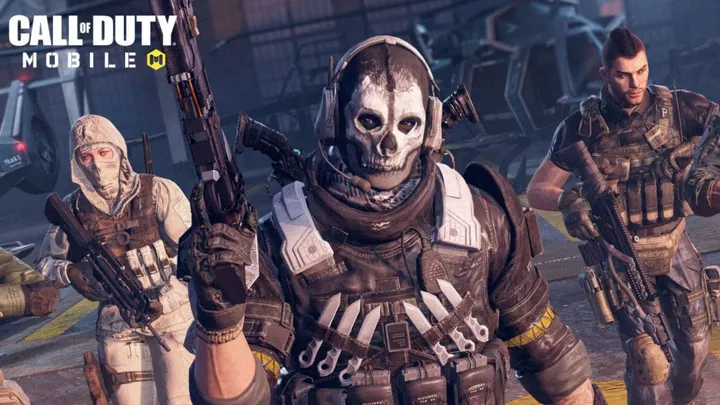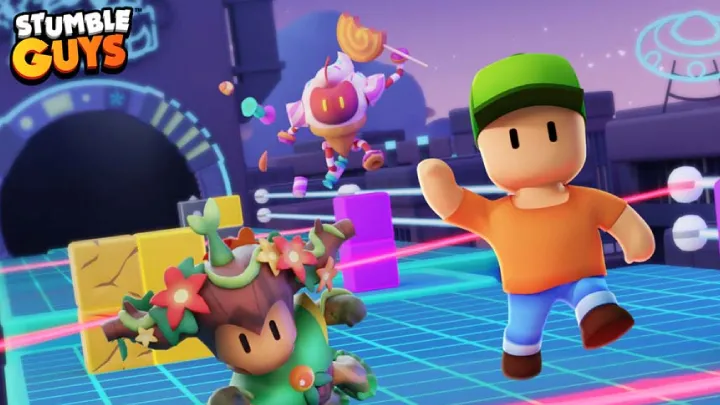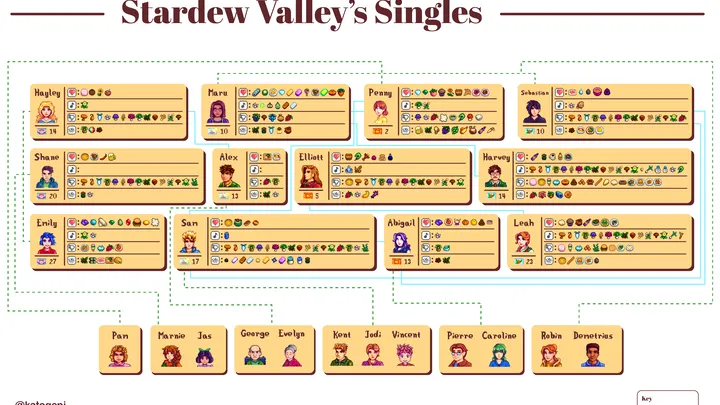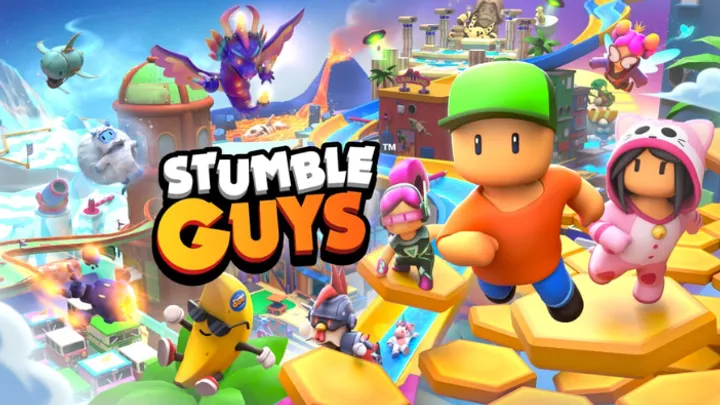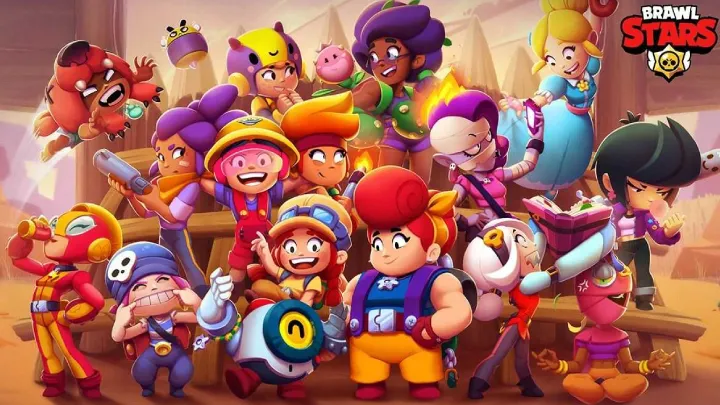The Early Days of Garry’s Mod Servers
In the mid-2000s, GMod was a playground for experimentation. Players spawned props, built bizarre contraptions, and shared laughs with friends. But as soon as servers became public spaces, moderation challenges arose. Even with fewer players online compared to today, trolls quickly learned how to ruin experiences with physics abuse, prop spam, and chat harassment.
At first, moderation was community-driven. Server owners relied on personal trust, adding admins from among their friends. This small-scale trust system worked while communities were tight-knit, but as GMod gained popularity, it became unsustainable. What began as playful mischief evolved into organized trolling groups targeting random servers.
The Rise of DarkRP and Roleplay Servers
DarkRP, one of the most popular GMod gamemodes, amplified the need for moderation. Its framework of jobs, money, and rules encouraged structured roleplay—but also attracted chaos. Players exploited loopholes, mass RDM (random deathmatch), and broke rules simply to frustrate others.
The “rulebook problem” emerged: servers created lengthy lists of rules to prevent abuse, but the more rules were added, the more trolls sought ways to bend them. For admins, enforcement was exhausting. Suddenly, running a DarkRP server wasn’t just about having fun—it was a full-time job.
Exploits and the Lua Backdoor Crisis
A darker era of Garry’s Mod came with the Lua backdoor incidents. Exploits allowed malicious players to execute code directly on servers, spawning chaos at unprecedented levels. Servers would be flooded with inappropriate images, ear-splitting sounds, or mass crashes.
This period highlighted a key flaw: GMod’s open Lua scripting system, which enabled creativity, was also a double-edged sword. Developers scrambled to patch vulnerabilities, but the damage to trust lingered. Many small community servers shut down entirely after repeated exploit attacks.
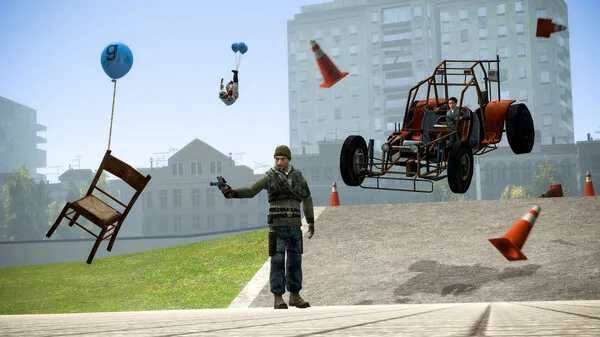
The Birth of Admin Tools and Anti-Cheat Systems
In response to the growing threats, toolsets like ULX Admin Mod, ServerGuard, and FAdmin became widespread. These systems offered quick bans, kick tools, and chat filtering. Anti-cheat plugins tried to prevent aimbots and wallhacks.
Burnout of Community Moderators
As servers expanded, so did the workload of moderation. Volunteer admins found themselves spending hours each day dealing with disputes, grief reports, and player bans. Burnout became a community epidemic.
Some owners turned to pay-to-play or donator systems, promising perks to sustain moderation costs. But this often created a “pay-to-win” environment, alienating non-paying players. The balance between community health and financial survival became increasingly fragile.
Case Study: Sandbox Freedom vs. Order
Sandbox servers, unlike structured gamemodes, offered near-total freedom. Players could build cities, contraptions, or art installations—but they could also crash servers with giant physics objects or spam sound emitters.
This tension defined the sandbox experience: ultimate freedom for builders often meant ultimate chaos for griefers. Owners experimented with limits, like prop quotas or physics restrictions, but these often frustrated legitimate creators. The very philosophy of Garry’s Mod—freedom—clashed with the need for structure.

The Era of YouTube and Twitch Chaos
With the rise of GMod YouTube channels (VanossGaming, GMod Idiot Box) and Twitch streams, servers saw an influx of new players who came seeking chaotic fun rather than structured play. Some servers embraced this chaos, marketing themselves as “anything goes” arenas.
However, roleplay communities suffered. Trolls recorded griefing for content, and harassment disguised as “funny moments” became normalized. This sparked debates: is trolling part of GMod culture, or does it destroy the foundation of community trust?
Attempts at Centralized Moderation
Some community leaders pushed for a “federation” of trusted admins across servers, sharing ban lists and enforcing standards. Tools like SourceBans allowed networks to maintain cross-server blacklists.
Yet centralization had its critics. False bans could spread unfairly, and different servers had different roleplay rules. While a noble attempt, unified moderation never fully took root—GMod remained a fragmented ecosystem, each server its own kingdom with unique laws.
The Modern State of GMod Moderation
Today, Garry’s Mod is nearly 20 years old, but the moderation struggle persists. Modern roleplay servers like SantosRP and major DarkRP communities still wrestle with rulebreakers and staff burnout. Exploits are less severe, but social toxicity remains rampant.
New approaches include:
- AI-driven moderation tools analyzing chat logs.
- Discord-linked reporting systems for faster response.
- Subscription-based servers funding full-time staff.
Yet the central tension remains: can you truly moderate chaos in a sandbox game?
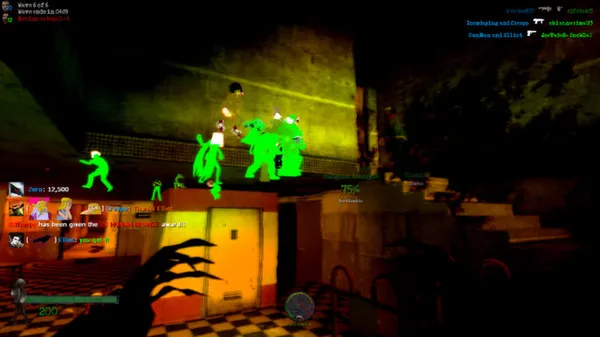
The Future: Lessons for Sandbox Games
Looking ahead, Garry’s Mod’s moderation struggles serve as lessons for newer sandbox titles like Roblox, VRChat, and Minecraft servers. The balance between freedom and order is universal. Too much restriction kills creativity, but too little drives away serious players.
For Garry’s Mod, the future may lie in hybrid systems: automated moderation backed by human oversight, stricter community standards, and perhaps official support from developers. But whether GMod can evolve, or remain forever a chaotic playground, is a question only its players can answer.










